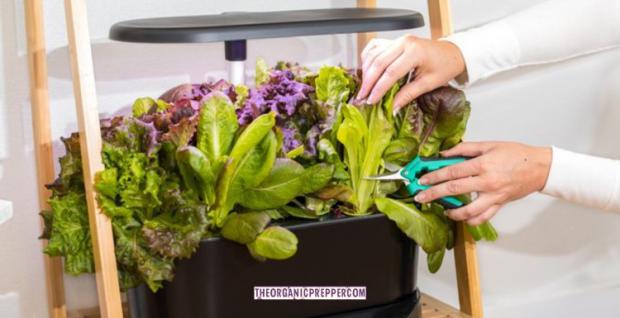
Breaking News
 HERE'S WHAT NO CASH ACTUALLY MEANS (Dave Ramsey re-post)
HERE'S WHAT NO CASH ACTUALLY MEANS (Dave Ramsey re-post)
 The Silver Shift: Why Stackers Are DUMPING 90% Silver & Buying SilverBitz!
The Silver Shift: Why Stackers Are DUMPING 90% Silver & Buying SilverBitz!
 Eye-bouncing - #SolutionsWatch
Eye-bouncing - #SolutionsWatch
 'Targeted, Antisemitism': 16 Dead, 38 Injured After Father & Son Terrorists Attack...
'Targeted, Antisemitism': 16 Dead, 38 Injured After Father & Son Terrorists Attack...
Top Tech News
 This tiny dev board is packed with features for ambitious makers
This tiny dev board is packed with features for ambitious makers
 Scientists Discover Gel to Regrow Tooth Enamel
Scientists Discover Gel to Regrow Tooth Enamel
 Vitamin C and Dandelion Root Killing Cancer Cells -- as Former CDC Director Calls for COVID-19...
Vitamin C and Dandelion Root Killing Cancer Cells -- as Former CDC Director Calls for COVID-19...
 Galactic Brain: US firm plans space-based data centers, power grid to challenge China
Galactic Brain: US firm plans space-based data centers, power grid to challenge China
 A microbial cleanup for glyphosate just earned a patent. Here's why that matters
A microbial cleanup for glyphosate just earned a patent. Here's why that matters
 Japan Breaks Internet Speed Record with 5 Million Times Faster Data Transfer
Japan Breaks Internet Speed Record with 5 Million Times Faster Data Transfer
 Advanced Propulsion Resources Part 1 of 2
Advanced Propulsion Resources Part 1 of 2
 PulsarFusion a forward-thinking UK aerospace company, is pushing the boundaries of space travel...
PulsarFusion a forward-thinking UK aerospace company, is pushing the boundaries of space travel...
 Dinky little laser box throws big-screen entertainment from inches away
Dinky little laser box throws big-screen entertainment from inches away
 'World's first' sodium-ion flashlight shines bright even at -40 ºF
'World's first' sodium-ion flashlight shines bright even at -40 ºF
Can Tabletop Hydroponics Keep You Fed?

So you're looking for ways to boost food production and willing to consider some creative alternatives? That's a good thing! By branching out into previously unexplored territory, you expand both your mind and your options. Skill development can only help, especially in uncertain times. In this article, I'll discuss tabletop hydroponics, an option workable in spaces big and small that doesn't cost a ton of money.
So what is hydroponics?
Generally, it's growing plants in water rather than soil. The plants are placed in a basket of some kind, often containing a sphagnum moss sponge or coco coir, and inserted into nutrient-enriched water.
While hydroponics requires power (for the lights), it does have many benefits. You can maximize your space as tabletop units can turn an otherwise unproductive area of your living space into food production. Labor is much less, as you don't have to weed or mulch, among other things. Your supply chain is local, therefore more predictable, and if you're growing your own food, you know it wasn't sprayed with God-knows-what for the trip! Hydroponic units actually use less water than growing in soil, and you don't have to deal with weather or pest problems. So what's not to love?
A tabletop unit can be well suited for growing greens, herbs, and micro-tomatoes. While such a unit can't produce 100% of your calorie needs, it can certainly add a layer to your food plan and contribute to your medicinal herb garden as well.



